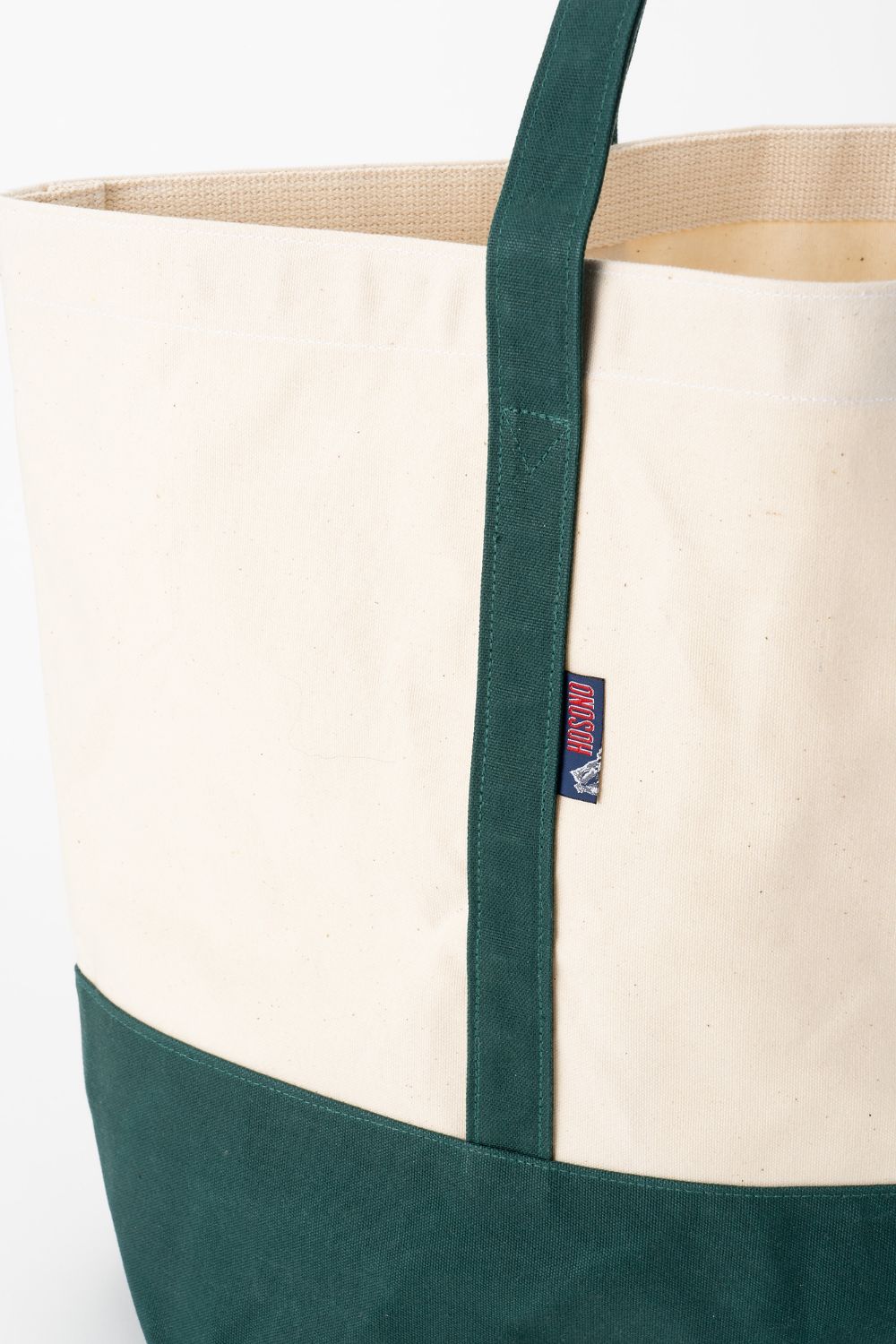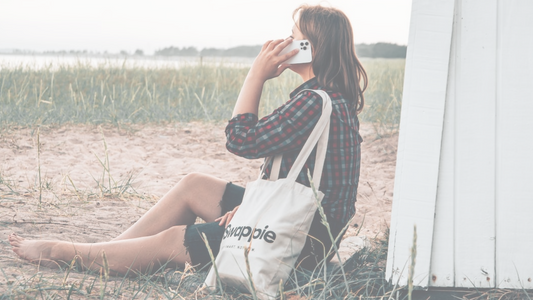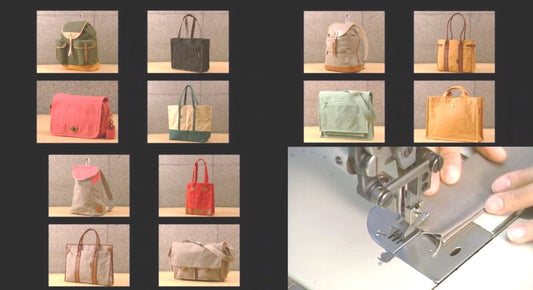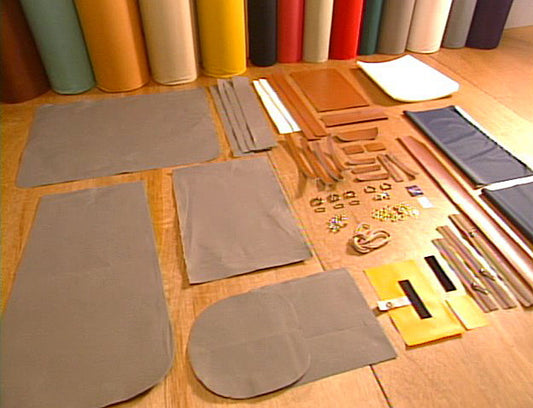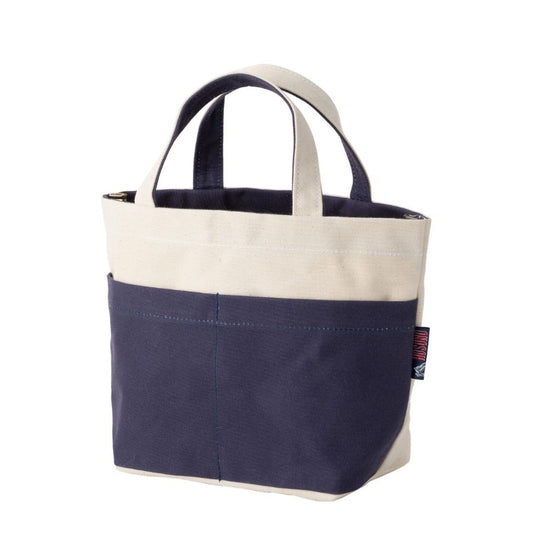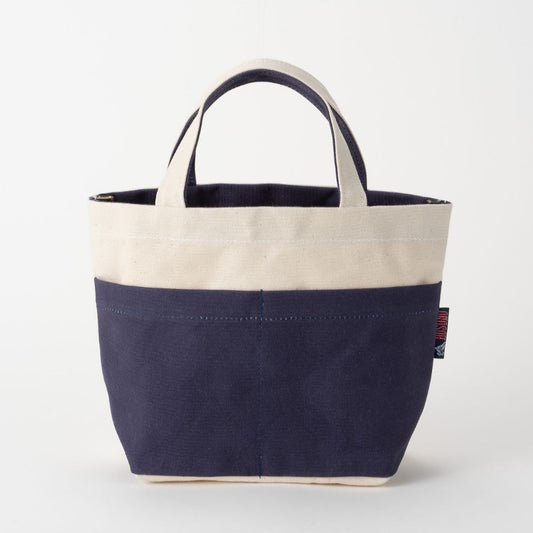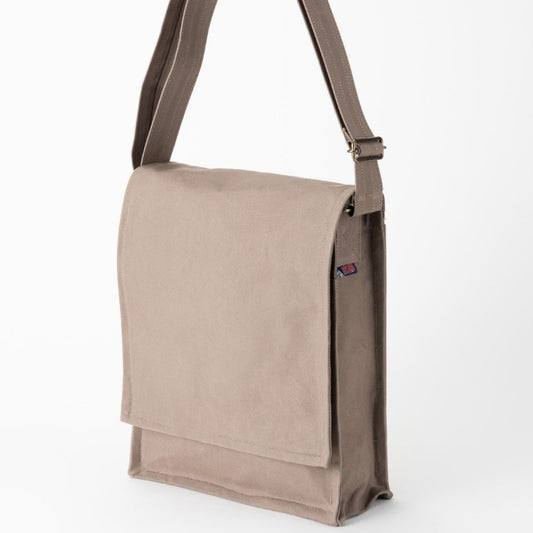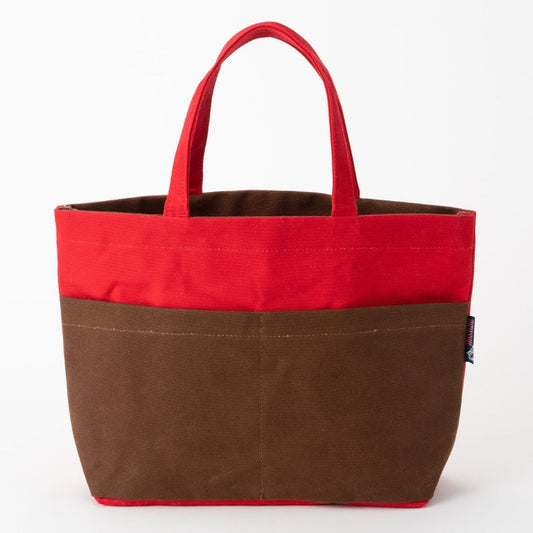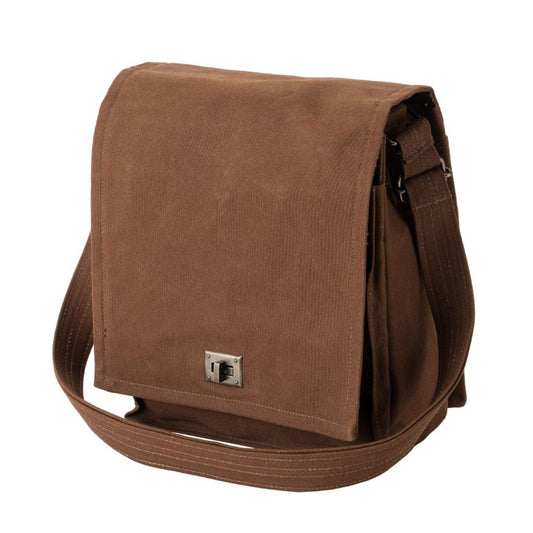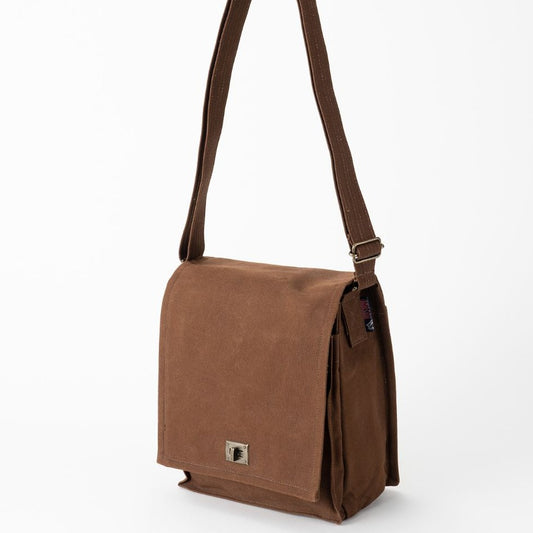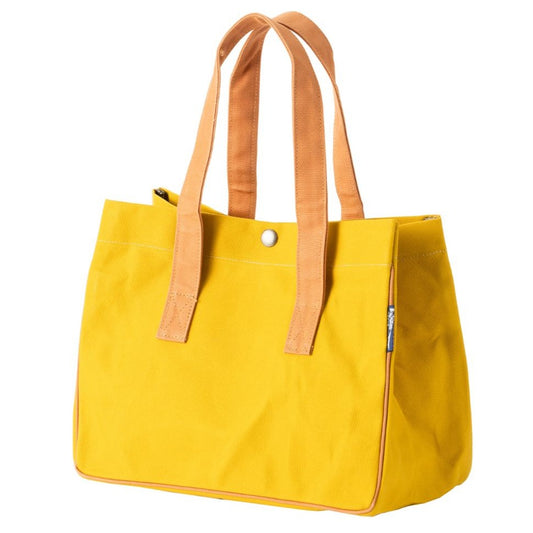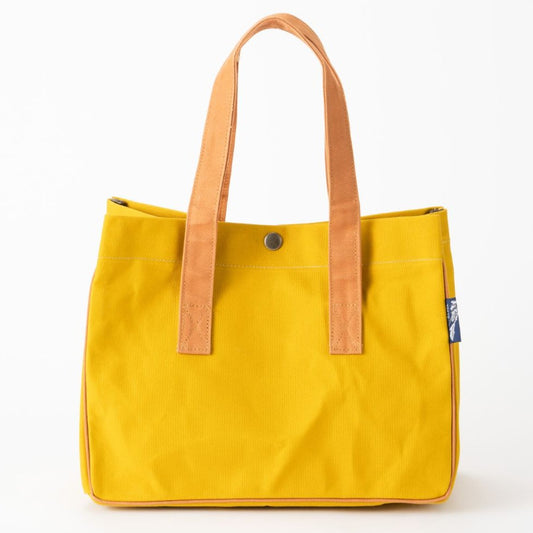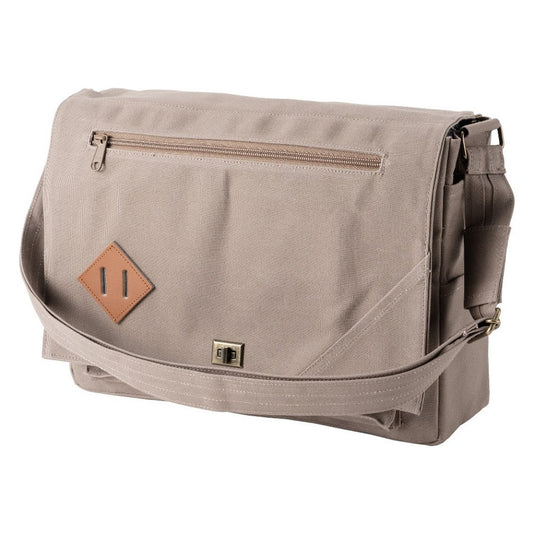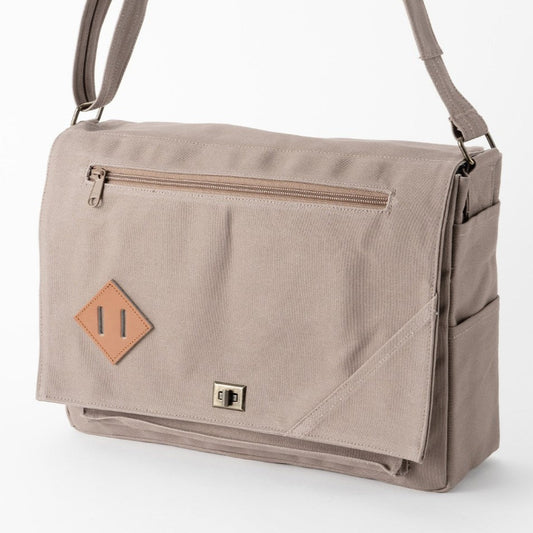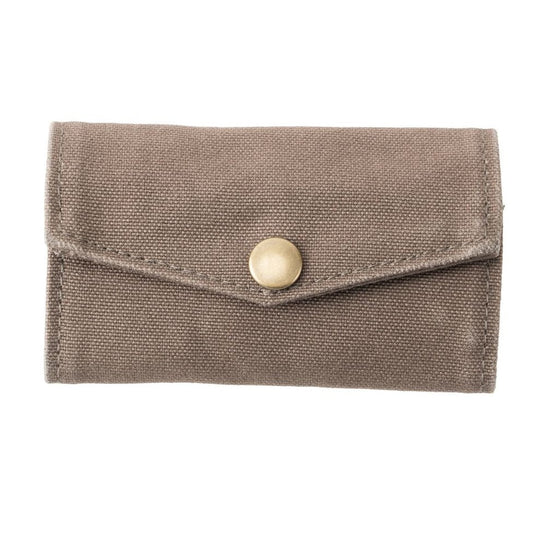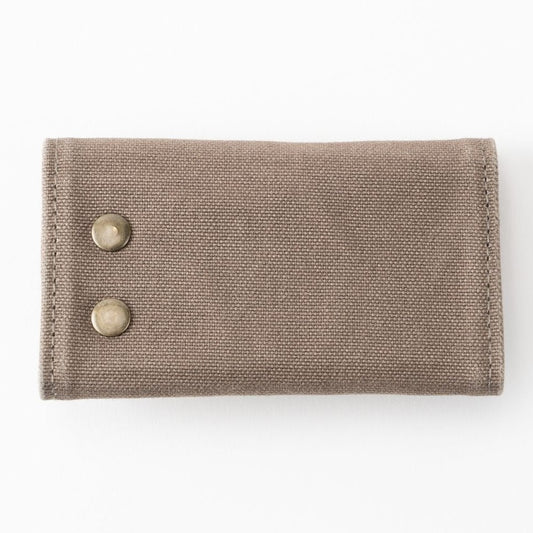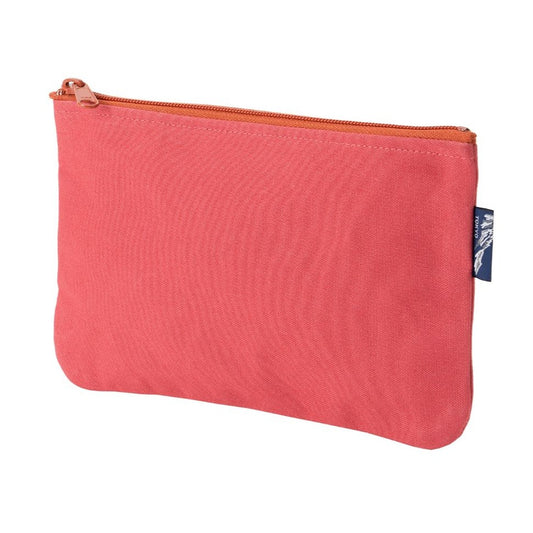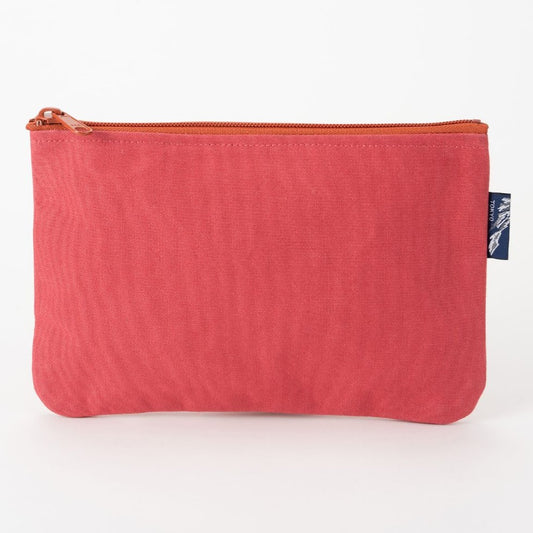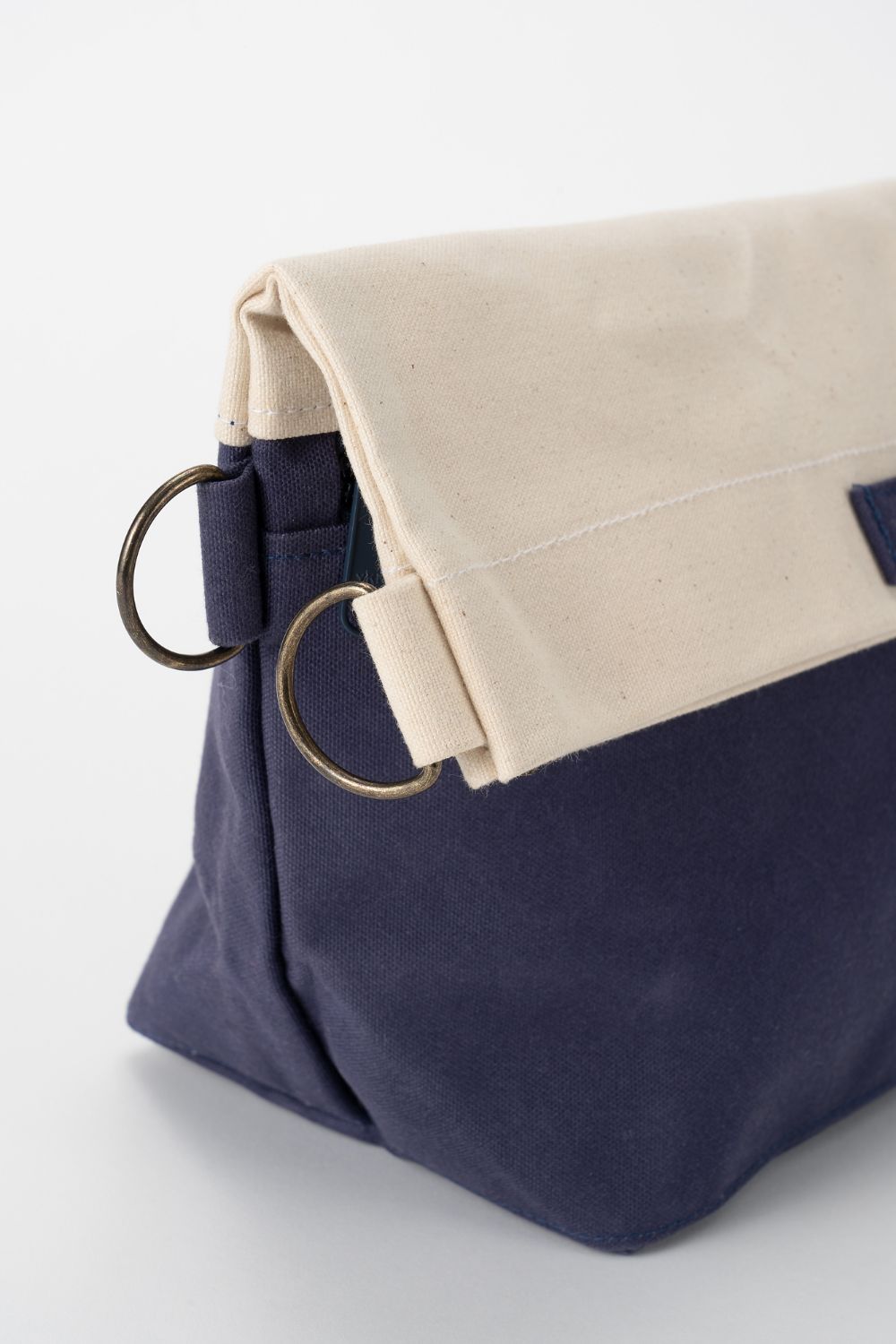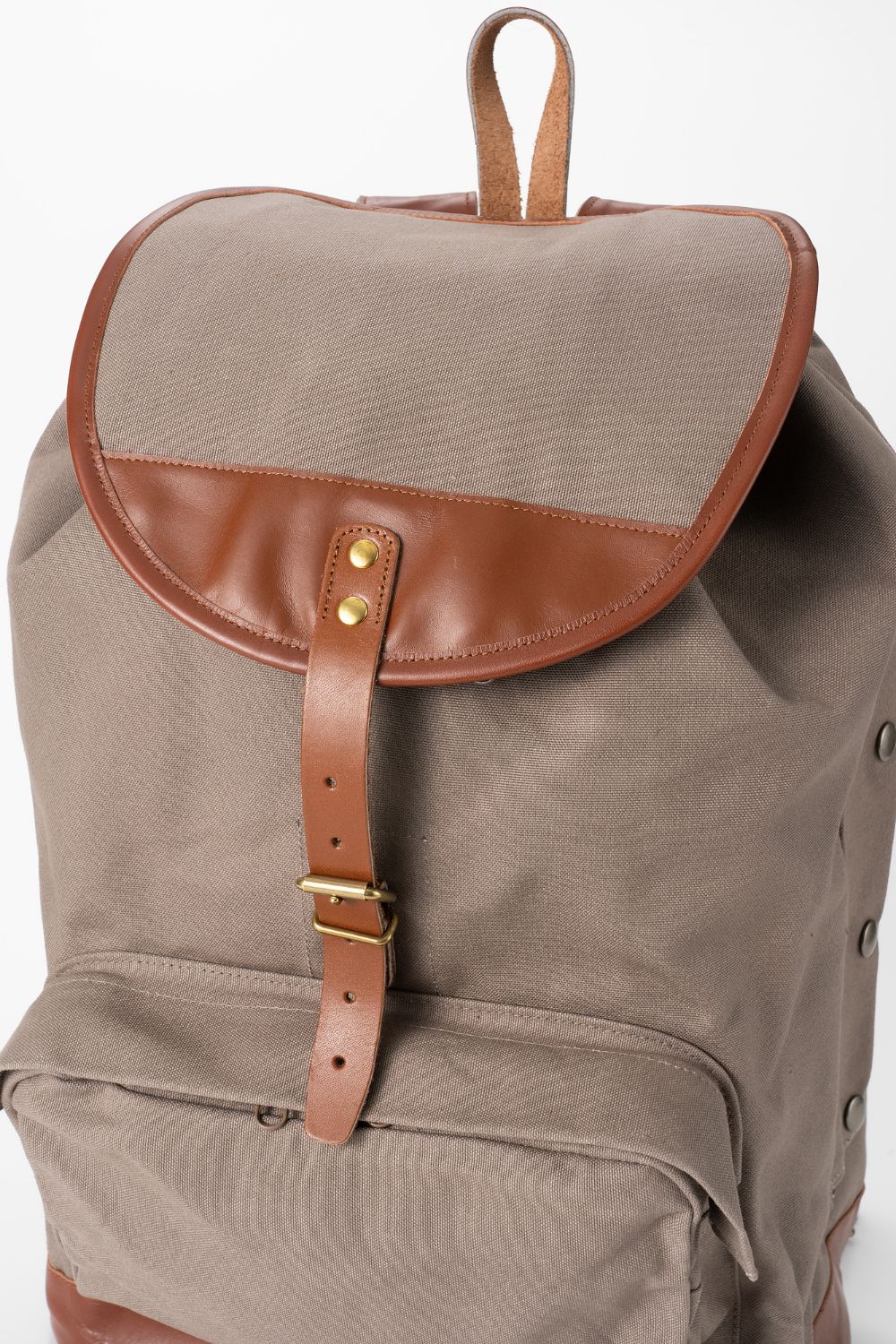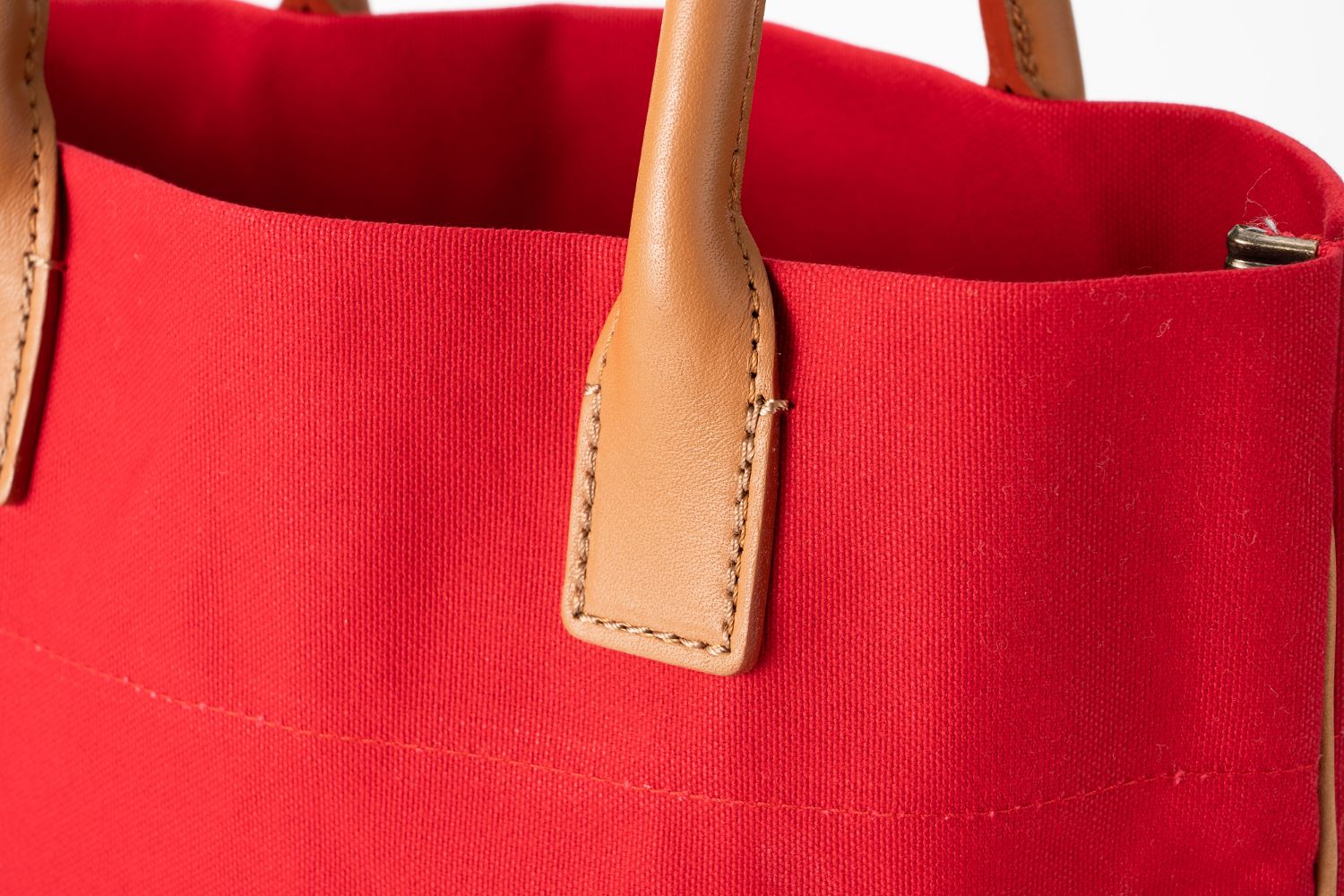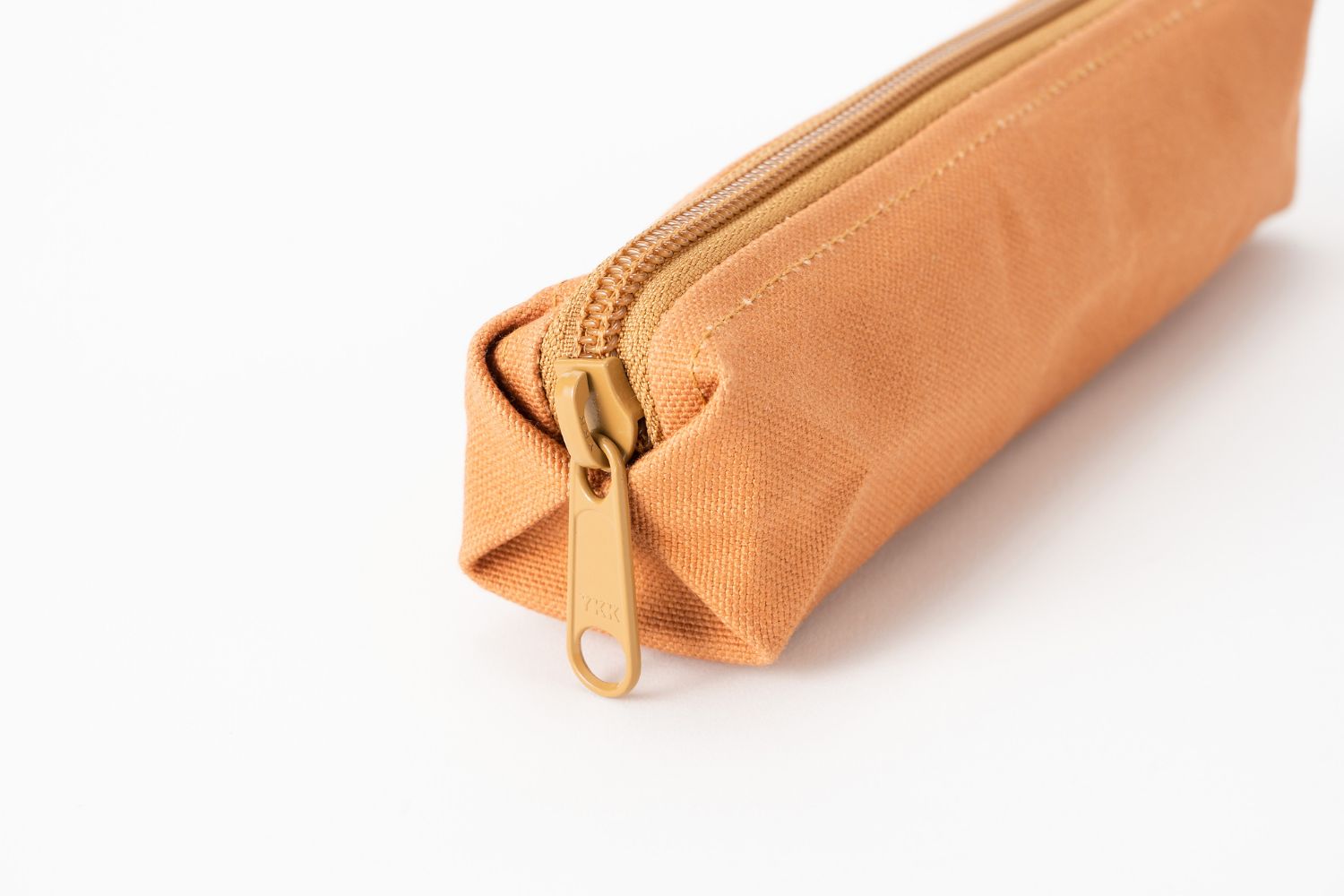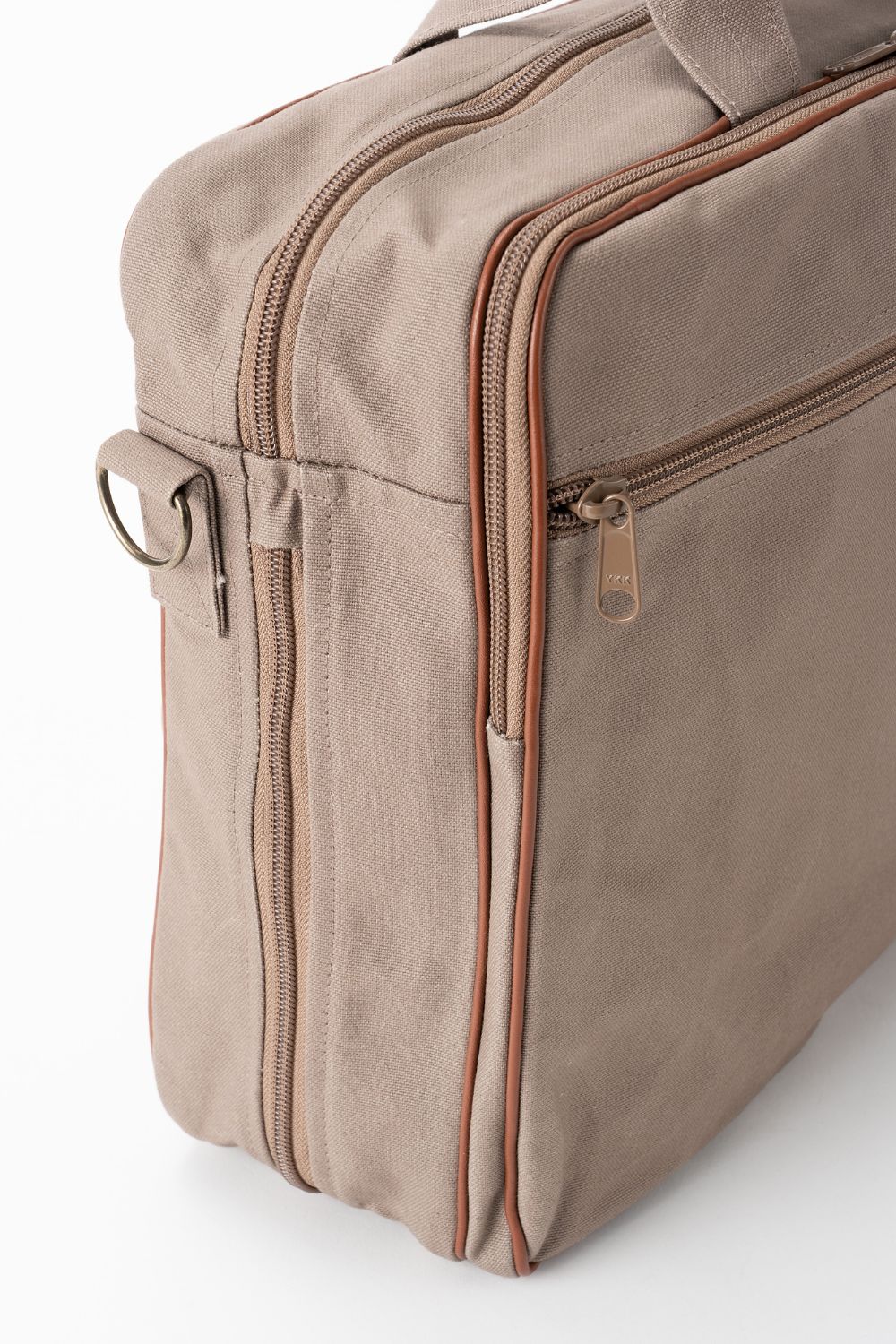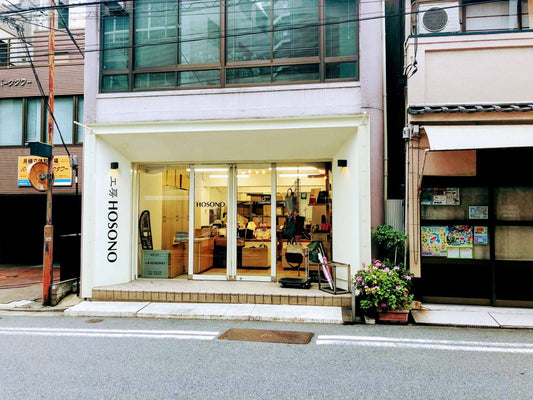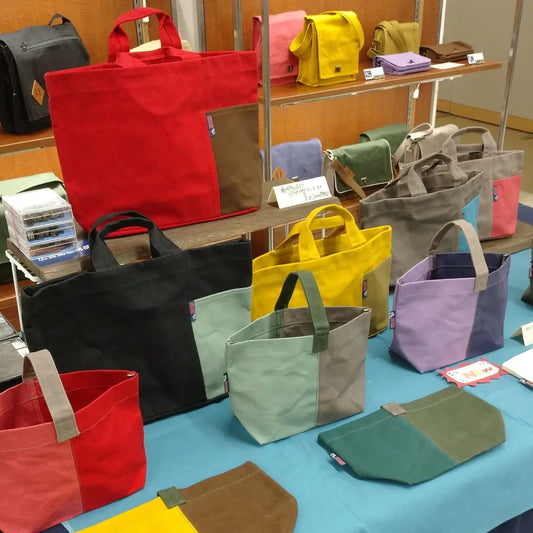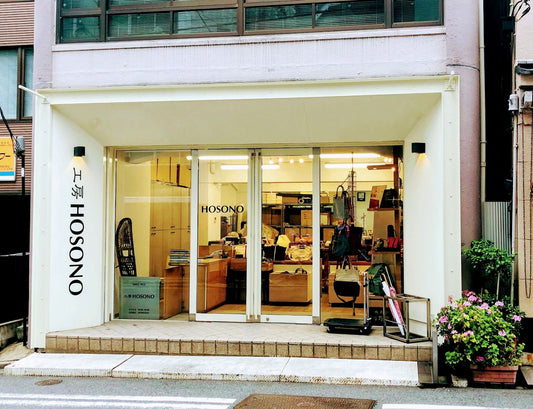(Excerpt from "Men's Brand '03 July issue")
A1. "Well, that was about my grandfather's time, so I don't really know much about it... (laughs). But by the middle of the Meiji period, I think they started making them in Japan as well. Our company was founded in the first year of the Taisho era. At first, I was making rickshaw hoods and rickshaw raincoats…”
A2. ``Well, I don't know the exact details (laughs). However, hanpu is a general term for thick and durable fabrics made from natural materials such as cotton and linen that are woven into plain weaves. "Cotton canvas" (Menhanpu). A common twill weave cotton fabric is not called canvas. The difference is the weave. 』
A3. “Plain weave is a technique in which the warp and weft are woven alternately in a criss-cross pattern. In twill weave, the warp threads are woven into every other weft thread. Plain weave is tighter and harder to unravel and is stronger, but less efficient. Plain weave looms are becoming rare these days. 』
A4. “The number of canvases is determined by the thickness of the fabric. They are numbered 1 through 11. About 4 is usually used. The smaller the number, the thicker the fabric. The thicker one is stronger, but the waterproof side is a little weaker. 』
A5. "It's determined by the thickness of the thread in the plain weave. This thread is made by twisting cotton thread (in the case of cotton canvas).
For example, the No. 9 canvas that I use at home uses, well, 3 horizontal and 2 vertical cotton threads. No. 9 canvas is made up of 3 horizontal and 2 vertical threads. If the number of cotton threads used for one thread is large, it is thick (⇒ thick), and if it is small, it is thin (⇒ thin). The thinner the fabric, the tighter the weave, and the better the water resistance. 』
A6. “Okayama is a production area for textiles, but... The number of places making canvas in Japan has decreased. 』
A7. “Since it is a textile, it is attached using a (traditional) dyeing technique. Canvas is difficult to color. That's what it tastes like. 』
A8. “The tear strength of the material itself is stronger than that of nylon. Nylon is twill weave in order to increase its strength even a little. Anyway, the best thing about canvas is its durability. Also, because it is a natural material, it is also difficult to burn. 』
A9. “No, canvas itself is waterproof. When cotton thread absorbs water, it swells and becomes clogged. So no more water seeps in. In addition, the thread itself is impregnated with wax, which is called paraffin processing, to make it waterproof. The processing is impregnated, so it will last for decades. In the case of chemical fibers, the lining is simply coated with a waterproof coating, so it will eventually peel off. 』
A10. "Please remove the dirt by immersing it in water and rubbing it with a brush. After that, it's okay if you dry it in the shade. Don't use detergent. It's durable, and it's a good material that can be used for decades while being repaired. the canvas. 』
